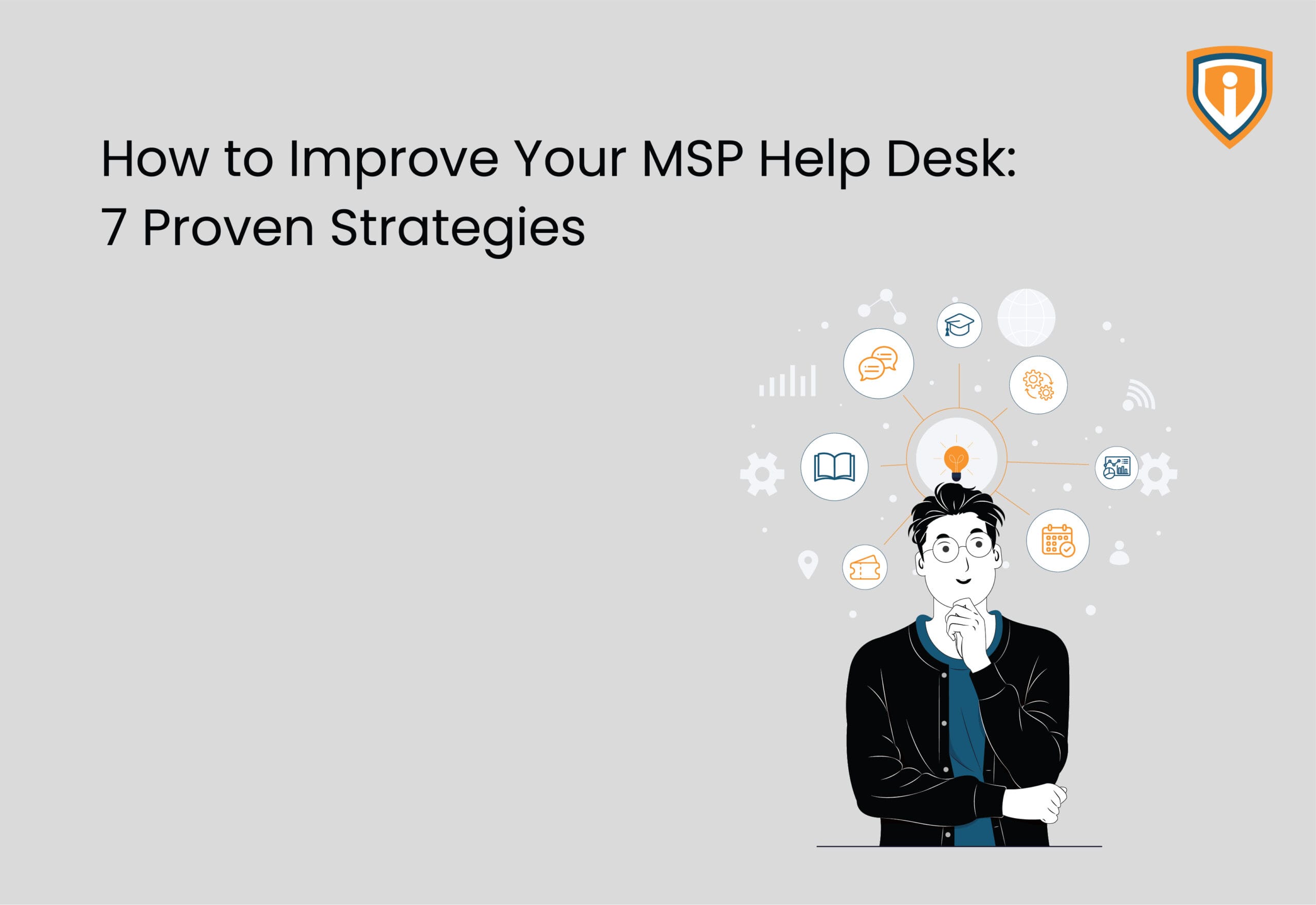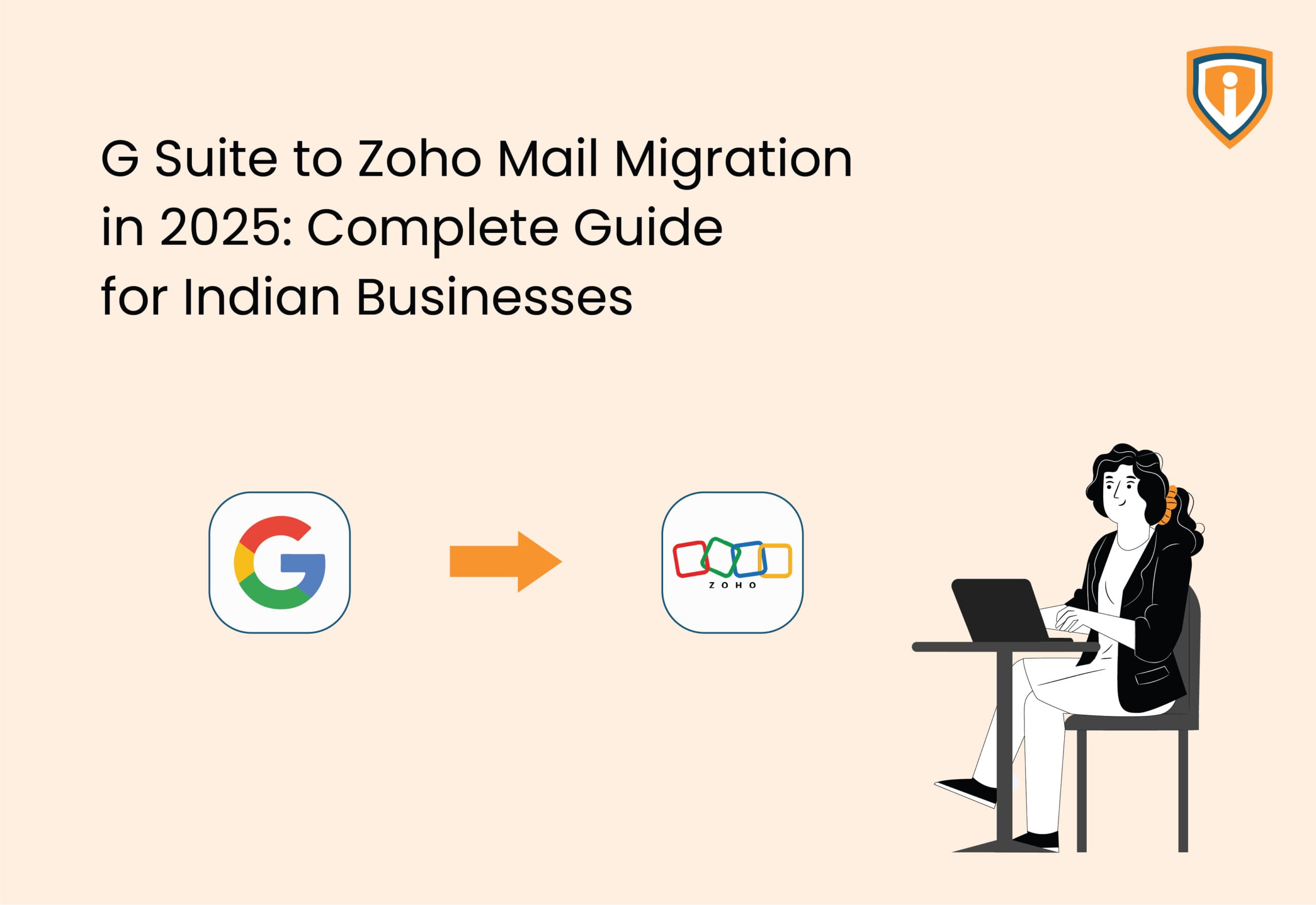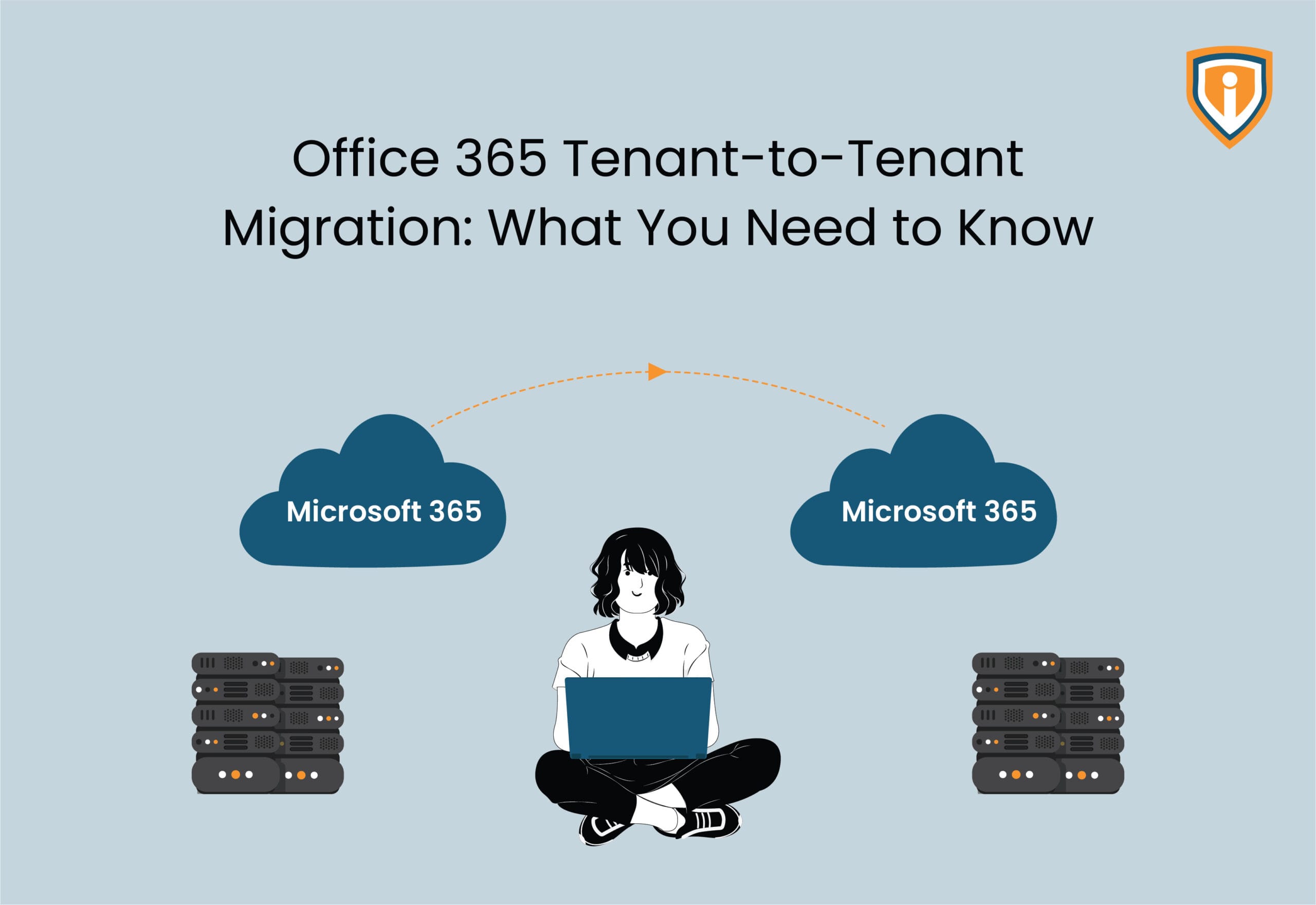In today’s data-first world, organizations are generating more information than ever before but managing it effectively is a growing challenge. With concerns around compliance, security, discoverability, and collaboration, modern businesses need more than just storage solutions, they need a robust data governance strategy.
Microsoft Purview emerges as a powerful cloud-based platform that helps businesses take control of their data landscape. From IT and legal to analytics and compliance, it empowers teams across the board to access, govern, and collaborate on data securely and intelligently.
In this blog, we talk about Microsoft Purview and explore five impactful ways Microsoft Purview adds value across departments and how it fosters a truly connected, data-driven organization.
Microsoft Purview is a comprehensive, cloud-based data governance solution designed to help organizations manage, protect, and extract value from their data across various environments, including on-prem, cloud-based, and hybrid systems. Microsoft Purview combines the benefits of the former Azure Purview and M365 Compliance into a single solution. It focuses on three primary areas:

1. Data Security
Microsoft Purview helps secure sensitive data regardless of where it resides, be it in the cloud, on-premises or across user devices.
2. Data Governance
It provides tools to discover, catalogue, and manage data assets in a cohesive way, making it easier to maintain effective governance.
3. Risk and Compliance
Purview supports identifying data risks and managing regulatory compliance, ensuring that organizational data practices remain secure and aligned with evolving regulations.
What sets Purview apart is its role as a holistic platform built for collaboration across departments including security teams, data analysts, compliance officers, and legal stakeholders. This unified approach ensures everyone operates with the same visibility and control over the organization’s data assets.
Enhancing Data Visibility
A critical aspect of modern data governance is visibility. Without a clear understanding of what data exists and where it resides, it becomes challenging to manage, secure, or extract value from it.
Microsoft Purview addresses this need by enabling you to create a centralized map of all data assets. It automatically discovers and catalogues data from various sources (on-premises, cloud platforms, databases, and applications) and classifies this data to provide a visual data lineage, allowing you to track how data flows and transforms over time.
Once data is mapped, Purview enhances discoverability through intelligent search features and rich metadata management. This enables the teams to not only find the data they need but also understand its context, enabling more informed decision-making and turning raw data into a strategic asset.
Establishing Control Over Data
Beyond visibility, effective governance requires control. Microsoft Purview allows you to create and enforce policies that govern how data is accessed, moved, and shared. You can:
- Set access controls based on roles and departments
- Restrict the sharing of sensitive data externally
- Ensure compliance with internal policies and regulations
Purview also helps manage data sprawl by identifying and eliminating duplicate data by enhancing data quality and optimizing storage usage. This ensures your data remains clean, reliable, and easier to analyse, ultimately supporting better business outcomes.
Implementing Data Loss Prevention (DLP) Strategies
Data loss prevention is a key feature of Microsoft Purview. It helps organizations protect sensitive data from unauthorized access or leaks by:
1. Discovering Sensitive Data
Purview scans your environment to identify and classify sensitive data (e.g., PII, financial records, intellectual property), labelling it based on its sensitivity.
2. Enforcing Protection Policies
Based on classification, it applies rules—such as restricting data sharing or encrypting sensitive content automatically—across data in use, in transit, and at rest.
3. Real-Time Monitoring
Purview monitors data interactions in real time, enabling you to catch and mitigate potential data breaches quickly and efficiently.

Managing Data Risks
Microsoft Purview also plays a vital role in managing data risks, leveraging machine learning and automation to streamline governance and security:
- Insider Threat Detection
It monitors user behaviour and flags anomalies such as unexpected access to large volumes of sensitive data as potential insider threats.
- Communication Monitoring
Purview analyzes emails, messages, and other communications for violations of company policies or regulatory standards, automatically taking predefined actions like blocking messages or alerting administrators.
- Automated Classification
As new data enters the system, it is automatically classified based on established rules, ensuring consistent governance without manual effort.
Ensuring Compliance and Audit Readiness
Compliance with data retention and audit requirements is another area where Purview excels:
- Retention and Access Policies
You can define how long different types of business records—such as legal documents, customer data, or financial files—must be retained and who can access them.
- Audit Trails and Reporting
Purview maintains detailed logs of data access, policy violations, and user activity. This ensures transparency and accountability during internal audits, legal inquiries, or regulatory reviews.
Legal Risk Management with Microsoft Purview
Risks can come from all sorts of places: mishandling sensitive data, not meeting compliance requirements, or just not having the right information when needed.
Now, this is where Microsoft Purview comes in. It’s equipped with really powerful eDiscovery tools. What does that mean for you? Well, you can quickly identify, preserve, and retrieve the data you need; especially useful during legal reviews, audits, or investigations.
It supports thorough legal risk assessments by enabling you to search across vast amounts of data to find exactly what’s needed—whether for litigation, internal investigations, or compliance checks. Purview streamlines the entire process, helping legal teams collaborate more efficiently while ensuring data is preserved and accessible securely.
A crucial point to remember is that compliance isn’t a one-time task, it’s an ongoing process. It’s not a sprint, it’s a marathon. Microsoft Purview helps you continuously track your compliance effectiveness. It offers an automated compliance scorecard that gives you a real-time view of your organization’s compliance posture.
You also receive actionable insights that guide you on the next steps to improve compliance. Regular assessments and adjustments ensure your organization remains aligned with data privacy and security standards—minimizing risks and building stakeholder trust.
Top 5 Ways Microsoft Purview Adds Value Across Your Organization

One of the great things about Microsoft Purview is that it’s not just a tool for the IT crowd. Its features are designed to support a wide range of roles—from technical teams to executives. Let’s take a closer look at how different departments can use Purview to make their work collaborative, easier and more secure.
1. IT and Data Management Teams: Centralized Discovery and Controlled Access
IT teams are often responsible for untangling complex environments with data scattered across cloud, on-prem, and third-party platforms. Purview makes their job easier by offering:
- Automated data discovery and classification across your entire environment.
- End-to-end data lineage, helping you trace data flow and transformation.
- Unified metadata standards, creating a common language for data understanding across departments.
- Role-based access controls, allowing secure collaboration without losing oversight.
Use Case: The IT team builds a centralized data catalogue, and the Finance and Marketing teams securely access only the datasets relevant to their needs—without sending spreadsheets back and forth.
2. Compliance and Risk Teams: Proactive Data Oversight
With evolving data regulations like GDPR, HIPAA, and more, risk and compliance teams need constant visibility into how data is being used.
- Use pre-built compliance dashboards to monitor regulation alignment.
- Identify and label sensitive data—like PII or financial records—automatically.
- Monitor access and sharing behaviors to spot potential violations early.
Use Case: The compliance team tracks how customer data is shared across departments and ensures only HR can access payroll details—while still allowing analytics teams to access anonymized trends.
3. Legal Teams: Streamlined Retention and eDiscovery
Legal teams often need quick access to data during audits, litigation, or internal investigations. Purview helps:
- Define and automate data retention policies by department or business function.
- Apply legal holds to protect critical data during ongoing matters.
- Support eDiscovery by searching across structured and unstructured data.
Use Case: When an internal investigation arises, the legal team can instantly search across email records, SharePoint files, and SQL databases to gather required evidence—without needing IT to dig through backups.
4. Data Scientists and Analysts: Reliable, Reusable Data
Analysts need quick, secure access to trustworthy data without the confusion of duplicate or outdated sources.
- Search the Data Catalog to find curated datasets with clear definitions and ownership.
- Verify lineage to ensure data has been properly transformed and validated.
- Collaborate with data stewards to understand nuances or request access.
Use Case: A product analyst in marketing needs customer churn data. Instead of emailing IT, they search the catalog, review the dataset’s lineage and tags, request access, and start analysis using Purview.
5. Business Leaders and Decision-Makers: Data You Can Trust
Executives rely on data to make strategic decisions. But without knowing how it’s sourced or governed, data-driven decisions become risky.
- Use executive dashboards to monitor compliance health, data usage, and potential exposure.
- Embed data governance policies into daily operations—not just as checkboxes, but as enablers of innovation.
- Foster cross-team accountability, where every team understands their role in maintaining data integrity.
Use Case: The COO wants to evaluate operational efficiency across regions. They access a unified dashboard that combines curated insights from supply chain, finance, and HR- each governed under consistent policies.
Conclusion:
This was a brief introduction and benefits you can reap out of Microsoft Purview. It’s a strategic enabler for modern enterprises looking to simplify governance. Purview provides the clarity, control, and collaboration your organization needs to thrive in a complex data environment.
At Infrassist, we help businesses like yours make the most of Microsoft Purview with tailored implementation, optimization, and managed support services. If you’re ready to unlock the full value of your data estate, get in touch with Infrassist today to discover how we can simplify your data governance journey by leveraging Microsoft Purview.
Please note that Microsoft Purview is a part of M365 E3 & E5 licenses and is also bundled with many other Microsoft tools/products. Book a strategic consultation with our certified solution architects and gain clarity on how you can leverage Purview for data management and governance in your specific business case.




